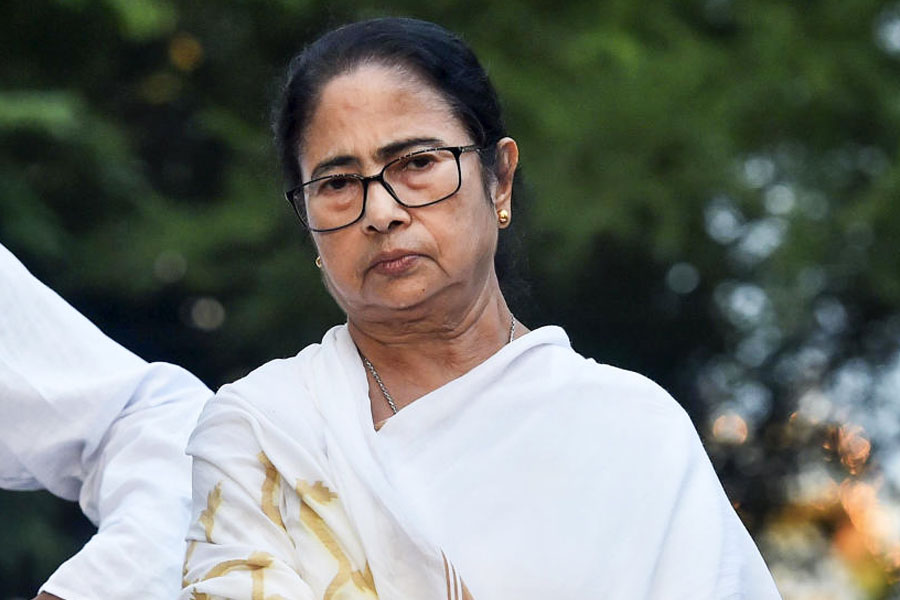|
|
The Supreme Court has recently distinguished between legitimate demands for “domestic expenses” from married women by their in-laws, and the extortion of dowry warranting criminal prosecution. A bench of justices, G.P. Mathur and R.V. Raveendran, set aside a judgment of the Bombay high court, which had confirmed the trial court’s sentencing a man to seven years’ rigorous imprisonment in an alleged dowry-death case. Appasaheb was convicted for the death of his wife, Bhimabai, who committed suicide seven years after her marriage. He, along with his mother, was convicted under Sections 498A (which deals with cruelty against women for dowry), 304B (dowry death) and 306 (abetment of suicide) of the Indian Penal Code.
The importance of such a distinction, in the wake of the scepticism that greeted the Protection of Women from Domestic Violence Act 2005, should not be underestimated. Enraged men have pointed out, and quite rightly, that women can exploit the provisions of this law to their advantage easily. Not only would tortured husbands remain outside the ambit of justice, but this act could also become the means of fulfilling vindictive ends. Since a demand for dowry is inextricably related to domestic violence — broadly understood as physical and/or mental torture — husbands (and in-laws) can be framed on false grounds as well.
Thus the separation of legitimate demands of money from illegitimate ones is necessary to differentiate between the real criminals and those who are implicated wrongly. But the argument may not be as persuasive as it appears to be. First, it could end up sanctioning the use of co-ercion amounting to force in either case — of asking for a contribution towards domestic expenses, as also a demand for dowry. Second, the two categories are mostly conflated in actual practice. Dowry is, after all, a naturalized element in a perverse “ethics” of domesticity that is supposed to preserve marital harmony. The line between money asked for meeting domestic expenses and demanded as dowry is blurred, often to the extent of not existing at all. It might seem that discrediting the distinction is to endorse a feudal logic, which turns women into victims and men into criminals by default. But social reality in India, especially the economics of marriage that it fosters, is far from encouraging polemical reforms.
Women in India (particularly married women) exist on the cusp of legal reform and legal victimization. The husband’s access to the wife’s body for disciplinary and sexual purposes is consonant with the definition of marriage, leading to inevitable complications in the way marital violence — including marital rape, psychological torture and blackmail for dowry — is legally perceived. Women are, therefore, caught between empowerment and victimization, and quite necessarily so.
To make a distinction between legitimate and illegitimate demands for money may be easy to conceive, but not so easy to implement. Harassment for dowry often goes unreported, even undisclosed, because the point where persuasion ends and oppression begins is often undefinable even to the victim herself.
Somak Ghoshal











